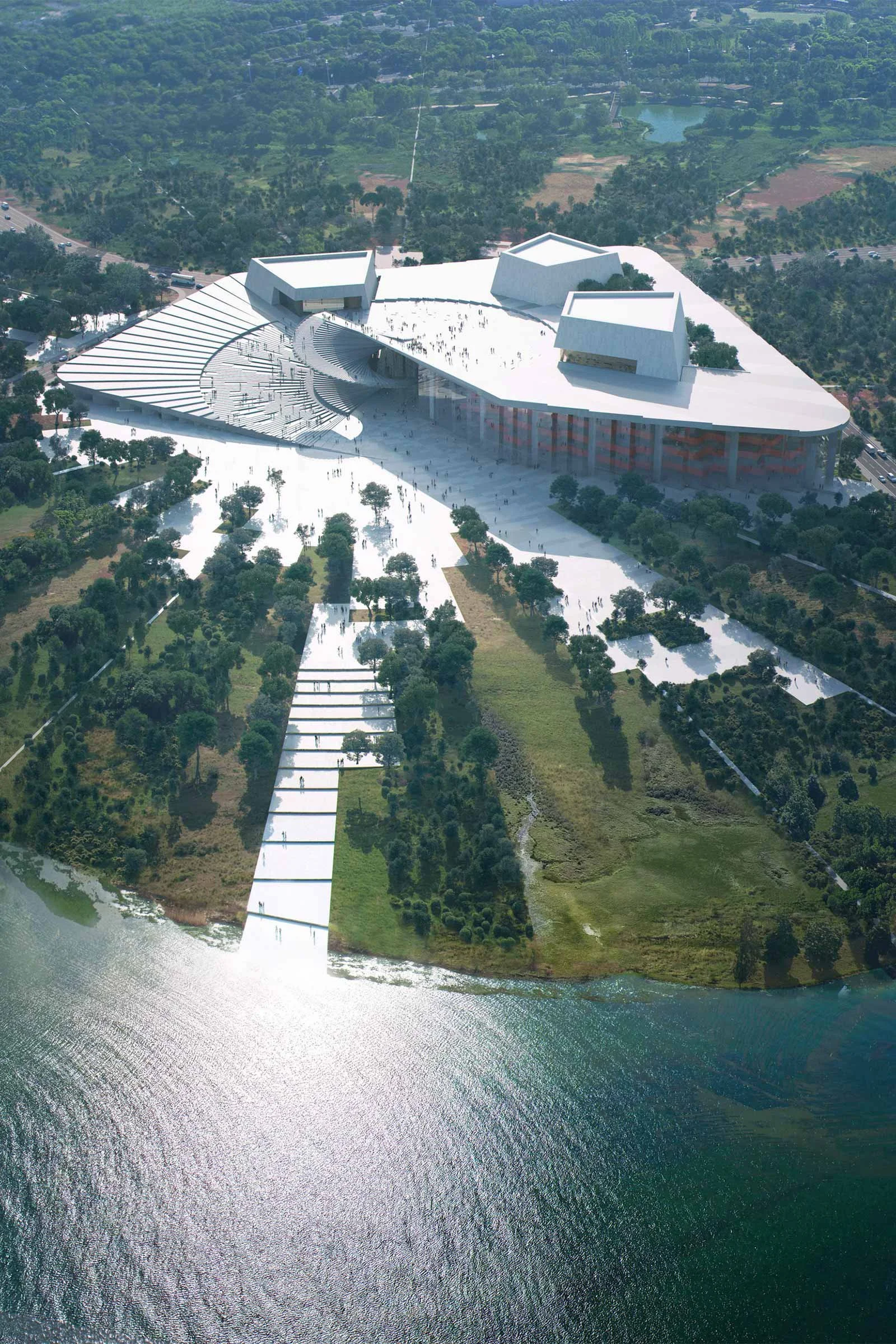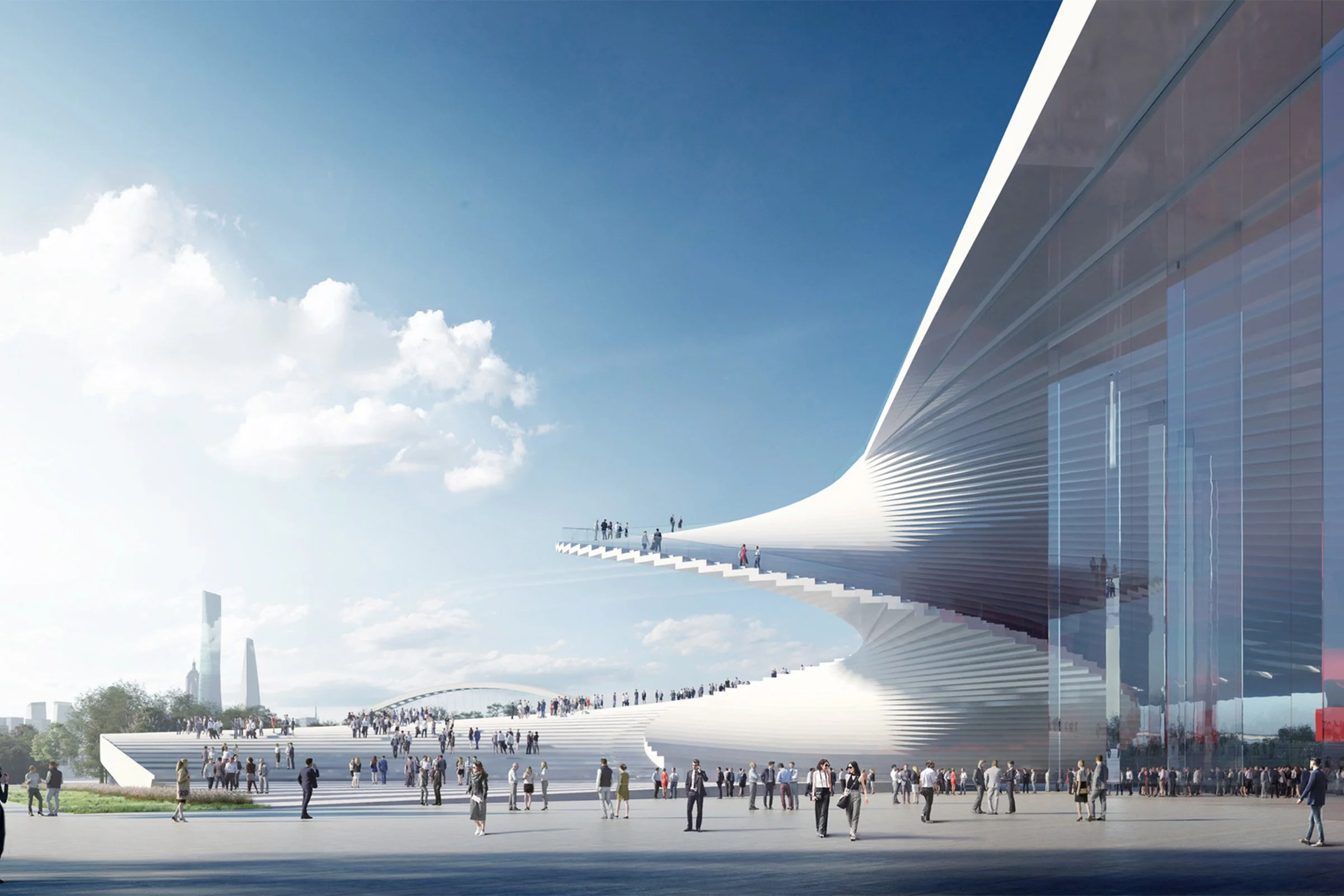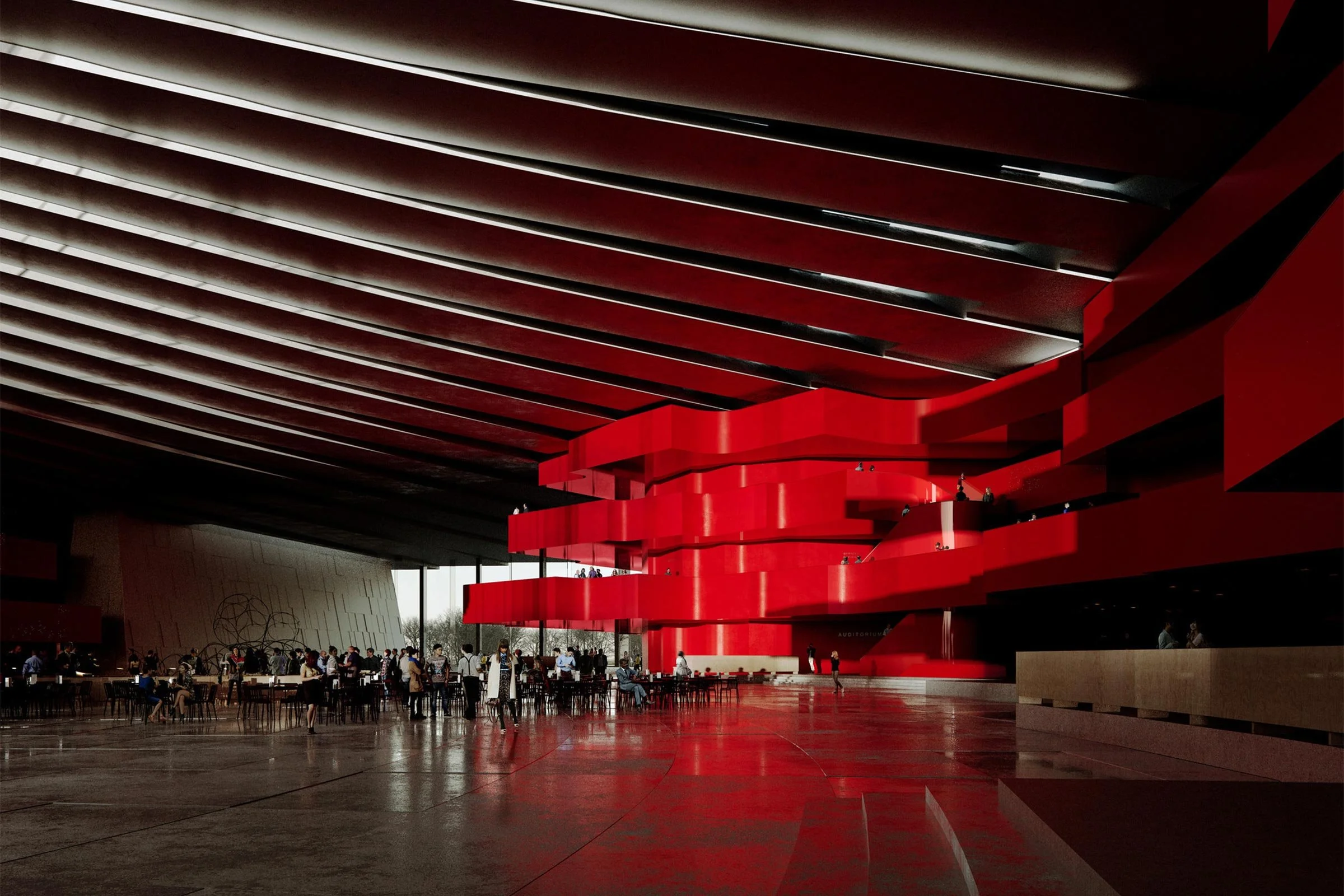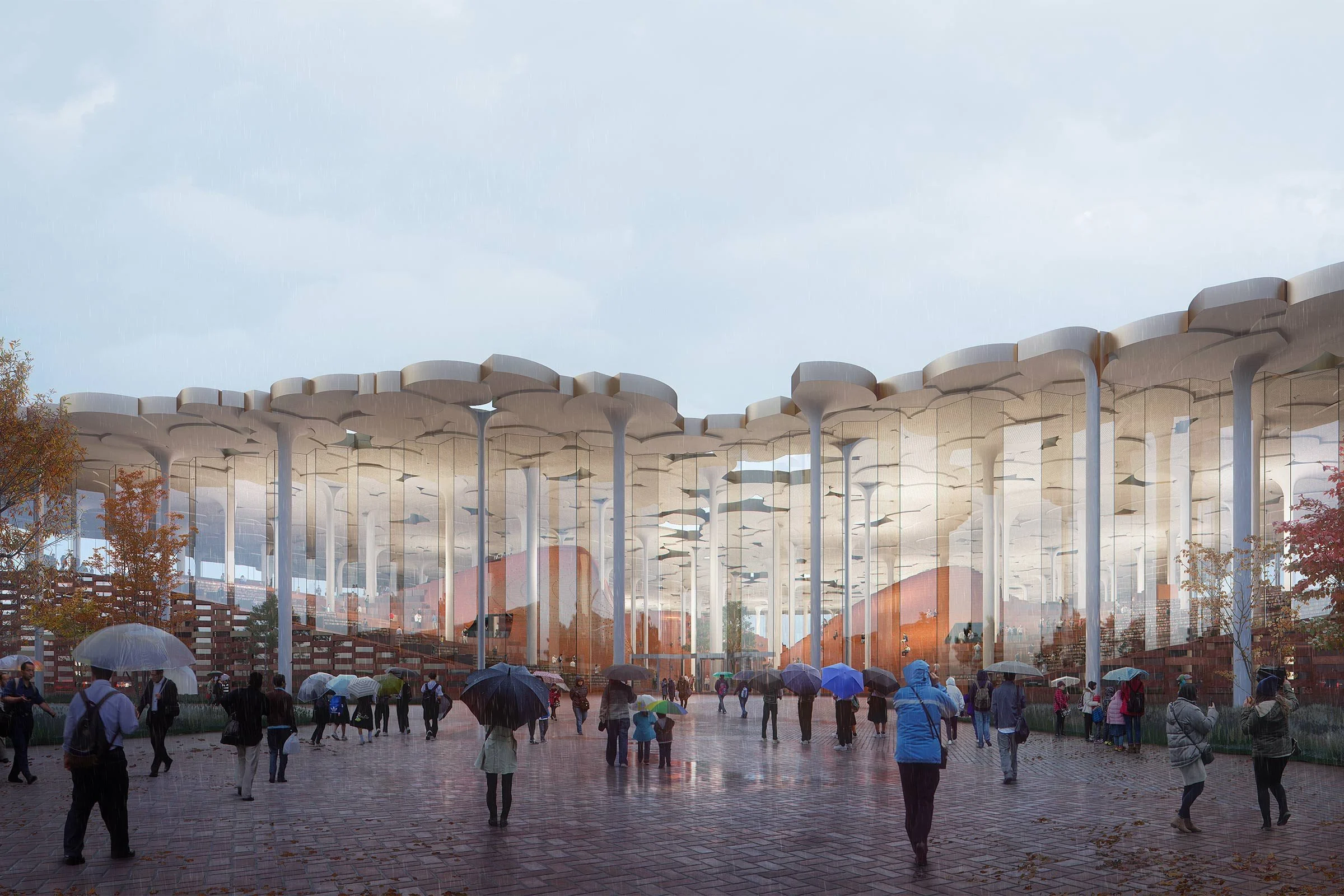Spotlight on Snøhetta: The Art of Designing Public Space
During the recent Business of Design Week 2021, we met Snøhetta’s partner and managing director for Asia Robert Greenwood to discuss how the Norwegian design practice creates meaningful public spaces across borders and cultures
Shanghai Grand Opera House. Image by Mir
Design Anthology : What do you see as being the priority in designing public spaces in 2022?
Robert Greenwood: I think accessibility is important — not just physically, but the feeling that a place is designed for you and isn’t controlled. A public space needs to be permeable, porous. You need to be able to walk through it without having a reason to go there. That's the great thing about some of the big public spaces we build, they’re outdoor spaces that are natural extensions of the urban fabric.
For example, the public library that we’re currently building in Beijing was really about trying to create an indoor space that feels like an outdoor space. Rather than bringing people into small, enclosed, stuffy rooms, we wanted to bring people out into a big free space. So we designed a route that runs through the landscape and directly across the library. This makes it an extension of the outdoor space, so you can just walk through without even having the intention of picking up a book, but you've walked through the library and maybe you took something away from that trip.
Snøhetta designs public space all around the world. How do you ensure you design public spaces that are culturally sensitive?
Obviously there are different cultures around the world, but ultimately we're all human beings. When we create a public space, it may not be used in the way that we expected. The public will make it what they will, and that's the beauty of it. The nature of a public space is that it's not controllable, it can get a bit messy. I don't think a library in Beijing is necessarily any different to a library in the United States or in Europe, and I think it would be wrong to think that way. You could take a specific project and put it in another city. We have valleys and mountains all around the world, they might be in China or in America, but ultimately, they're still valleys and mountains, and humanly recognisable spaces. And that's a beautiful thing.
So what’s the starting point when you begin a project?
It’s always something different, I don't think there's one starting point. For example, for the Shanghai opera house we’re now building, we developed some ideas we had from the Oslo Opera, where the plaza became the roof itself. Taking that idea a step further, the form of the building became this big fan-like spiral, with the theatres nestled underneath. So the starting point was this big movement that didn’t have anything to do with the opera halls themselves, but really to do with the public space. It always starts from a concept, and from there we try to find the essence, the core of what we want to express.
How has Snøhetta’s philosophy and approach evolved since its founding in 1989?
I honestly think that the basic philosophy of the company hasn’t changed. If you look at the Bibliotheca Alexandrina — our very first project — it’s a big open space that’s truly part of the urban fabric. The buildings we're creating now are really developing from that same idea.
I think Snøhetta isn’t so much about the buildings we design, but about the atmosphere and the creative environment that we create within the firm. It's very much a project-based operation where each project team has its own responsibilities, its own mandate to develop a project. If you look at our projects, they all look completely different because they're all done by different people, and the design always come out of the dialogue within the team. If it’s a good dialogue, then you can probably build a good building.
How would you describe Snøhetta’s design language?
I don't think it's a style, it's really a set of values that manifest themselves in our projects in different ways. I think the spaces and the buildings we create are genuinely democratic and are designed to be open to everybody. Preferably they’re free spaces with no barriers. And I think that internal culture is very important — if you don't have dialogues and trust within your team, you won't create great buildings. I think it's all about developing that internal culture because that's what creates the projects.
As told to / Nina Milhaud
Images / Courtesy of Snøhetta
Shanghai Grand Opera House. Image by Mir
Courtesy of Snøhetta
Shanghai Grand Opera House. Image by Mir
Shanghai Grand Opera House. Image by Mir
Courtesy of Snøhetta
Airside Hong Kong. Image by Brick Visual
Airside Hong Kong. Image by Brick Visual
Airside Hong Kong. Image by Brick Visual
Airside Hong Kong. Image by Brick Visual
Airside Hong Kong. Image by Brick Visual
New Capital Library, Beijing. Image by Plomp
New Capital Library, Beijing. Image by Plomp
Bibliotheca Alexandrina. Image by Gerald Zugmann
Bibliotheca Alexandrina. Image by Gerald Zugmann















